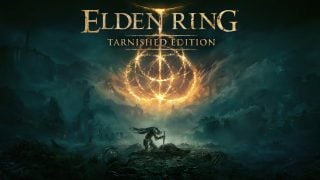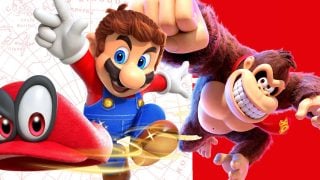The Persona series is in the midst of its 25th anniversary year, and while many fans are clamoring for the chance to play Persona 5 on Switch, Atlus has instead turned things back even further. Not to a “main” game, mind you, but instead to a – deep breath now – sequel to a genre spin-off sequel to the fourth but also third numbered game in the core series of a spin-off franchise to the larger family of Shin Megami Tensei titles.
That’s not a complaint in the slightest, as Persona 4 Arena Ultimax walks that tightrope exceptionally well. It’s an absolute knockout of a fighting game that also happens to have a visual novel follow-up to Persona 4 (and to a lesser extent, Persona 3) built in. Arc System Works practically wrote the book on anime fighters, and though their current portfolio has the likes of Guilty Gear -Strive- and Dragon Ball FighterZ as high points, P4AU ranks highly amongst their sprite based offerings. It might not be the most accessible entryway to its various worlds, but if you’re already a fan of the source and have been craving more of these characters on Switch you’ve come to the right place.
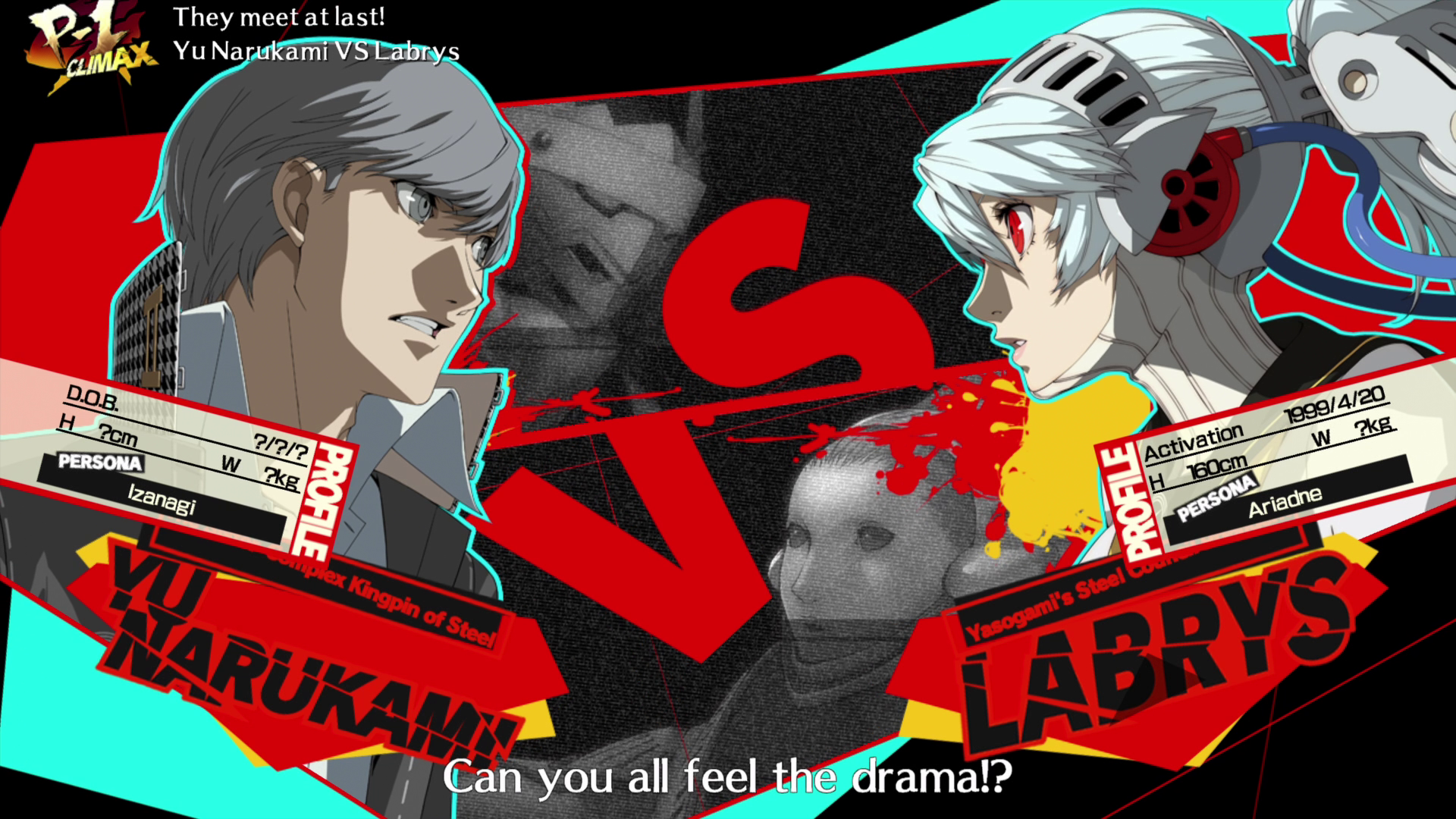
I’m torn between diving into the gameplay or storyline of Ultimax first, as they’re both core parts of the experience. If you’ve played previous ArcSys titles, especially BlazBlue, you’ll know what you’re in for with that blend. We’ll take a third option and highlight my actual favorite part of this one. What sells and elevates the entire package is the presentation. The Persona series is renowned in this department, and P4AU checks every single box.
The sprites and animations are eye-catching and compliment the gameplay, with the voice acting both in combat and the game’s story delivering as well. UI elements pop while unifying all the blues and yellows of P3 and P4 respectively, and still manage to have their own identity unique to the Arena games. It’s even present in subtle ways, like how on start up a random character will mention the “programs” sponsors as the developer logos pop up or the ability to make every character wear purely cosmetic glasses. It makes the game a joy to experience as much as to play, especially if you’re inclined to obsess over these sorts of flourishes.
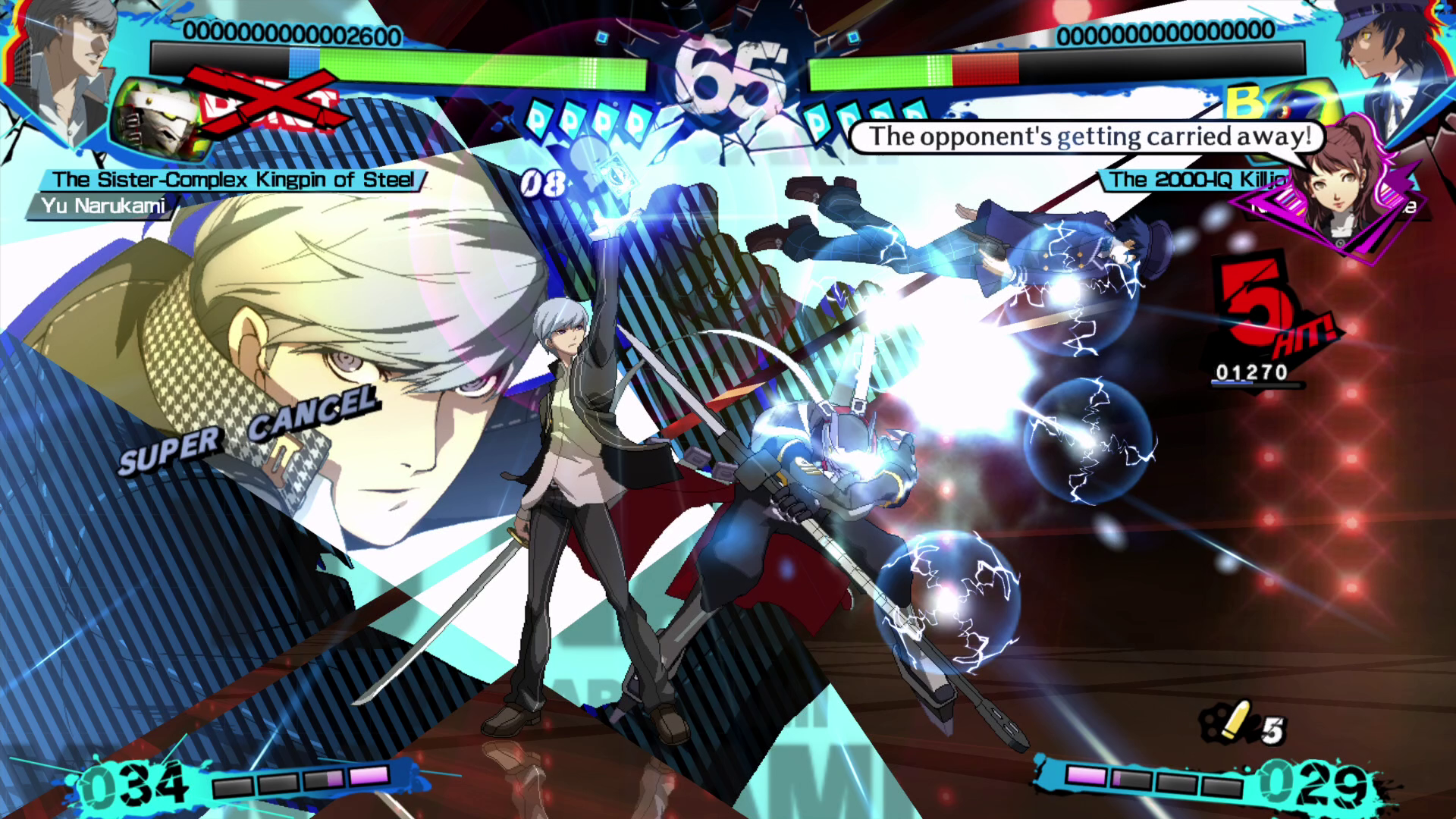
The universal elements of Persona 4 Arena Ultimax might date back to 2013, but they hold up well. As a four button game it can feel like options are a little sparse, but it’s in how those buttons are split between your character and their persona that things begin to blossom. Character based attacks are typically faster and safer, while persona normals can be disjointed but vulnerable. If your persona is struck as they’re attacking, they’ll inch closer to being temporarily “broken” and inaccessible. This cuts your options by more than half, as you’ll also lose out on ArcSys staples like Bursts, and if a special move is tied to your persona it’ll also be unavailable until the meter recovers.
That makes for a good foundation, but it’s when you get into character specific systems and gimmicks that things really open up. P4’s Naoto Shirogane, for example, takes inspiration from MegaTen’s instakill light and darkness spells to compliment her use of firearms. P3’s Junpei Iori has a playstyle built around baseball, with hits from his bat counting as “runs” that can eventually empower him so long as he doesn’t get too many outs from whiffing. Those are just two examples from a roster of over twenty, with enough variance and intricacies to make learning these characters exciting. This being an older title means plenty of resources can be found online for combos and strategies, though I’d also recommend the game’s Challenge mode to test some basics out yourself.
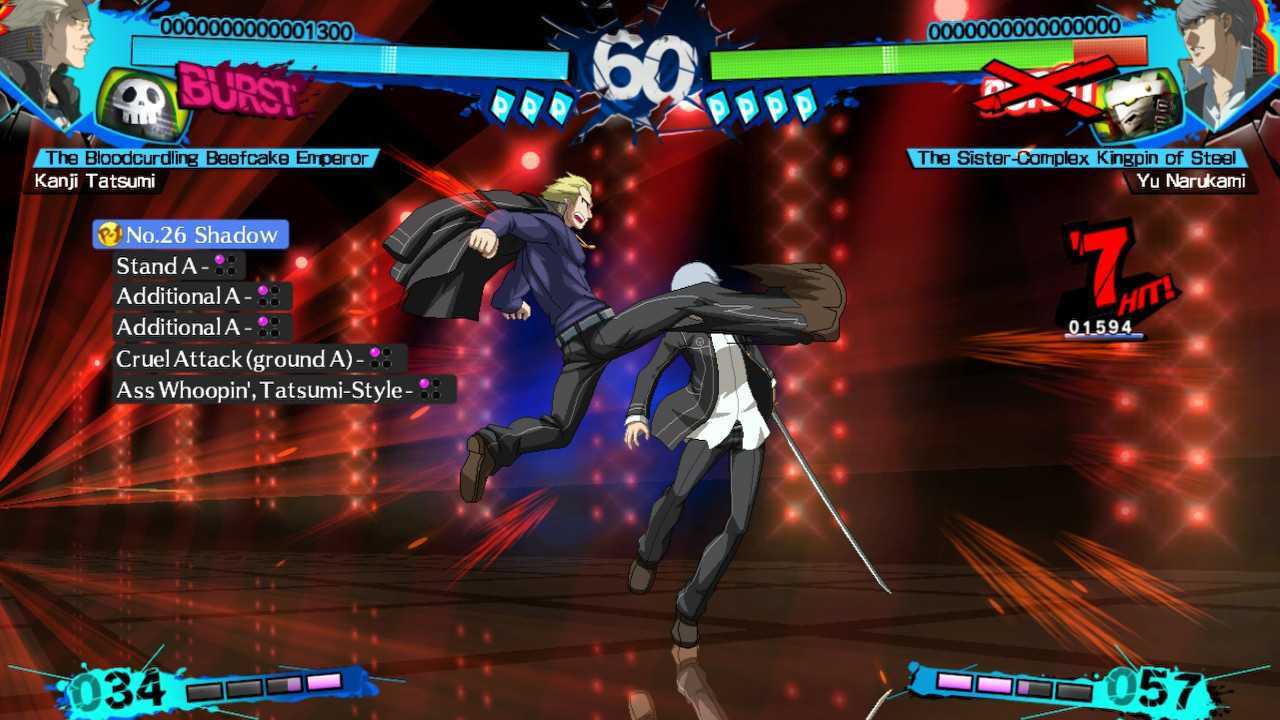
Another notable addition that came with Ultimax was that almost all of those characters also have Shadow versions of themselves. Though they take inspiration from that concept as utilized in Persona 4, and the callbacks to those are great, it’s not nearly as varied here. Instead it adjusts health and damage on the characters, as well as meter gain and access to an empowered “Awakening” state when at half HP. So while it adds even more options (nearly doubling the roster, technically speaking) it doesn’t exactly feel that way. I wouldn’t call them a let down, and in a lot of ways the boons they grant are more desirable than the characters’ base versions, but I can’t help but wish there was more to the concept.
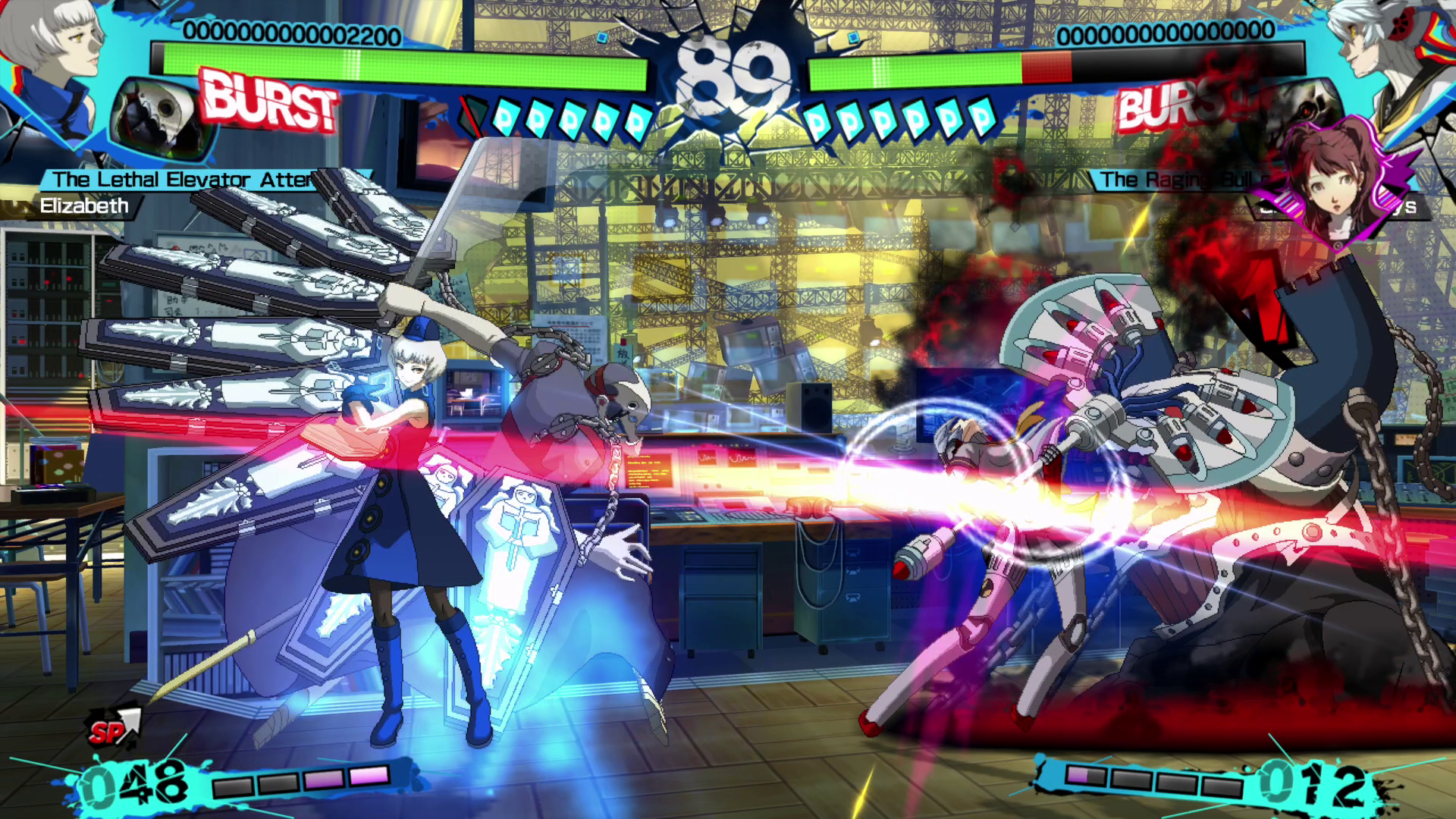
When it comes to story, Persona 4 Arena Ultimax has plenty to dive into. For one, the entire story for the first Persona 4 Arena is included. If you’re invested in these characters but never got around to the original P4A, I’d strongly recommend starting there. Ultimax’ story is a direct continuation of Arena’s, and characters will freely reference those happenings. In fact, be warned that anyone going into this without having completed Persona 4 Golden and Persona 3 will have some of those games’ biggest reveals spoiled freely as you progress and even right on the character select screen.
Everything is delivered via visual novel-esque segments broken up by fights. While this works, it does lead to a whole lot more reading/listening than it does gameplay. This might be welcome if you love these characters, but it can occasionally be draining to go through minute after minute of dialogue followed by a fight that might be over in thirty seconds, followed by more dialogue. This isn’t unique to Persona 4 Arena, but in attempting to live up to its RPG storytelling roots it becomes more pronounced.
That aside, I do enjoy the storylines at work here. The Persona 3 cast is particularly notable, in that this is years after their game related character development. Along with their new designs come new perspectives, and their interactions with the Investigation Team feel more thought out and compelling here than in fellow crossover Persona Q. That’s not to say P4’s cast isn’t putting in work here either, as they are the stars of the show in a lot of ways. In fact, one Persona 4 character’s part in the story might be my favorite of the whole bunch, though discussing them at length would delve into spoilers.
Unlike the fighting game half of Ultimax, the story is effectively meant for pre-existing Persona fans. Thankfully, none of the game’s content outside of the Gallery seems to be tied to progression. If you’re not so good at buttons and want to experience the stories though, there’s actually an auto mode that’ll have the game play itself for you. You’ll be best served if you’re into both portions, but neither genre nor series devotee should feel left out.
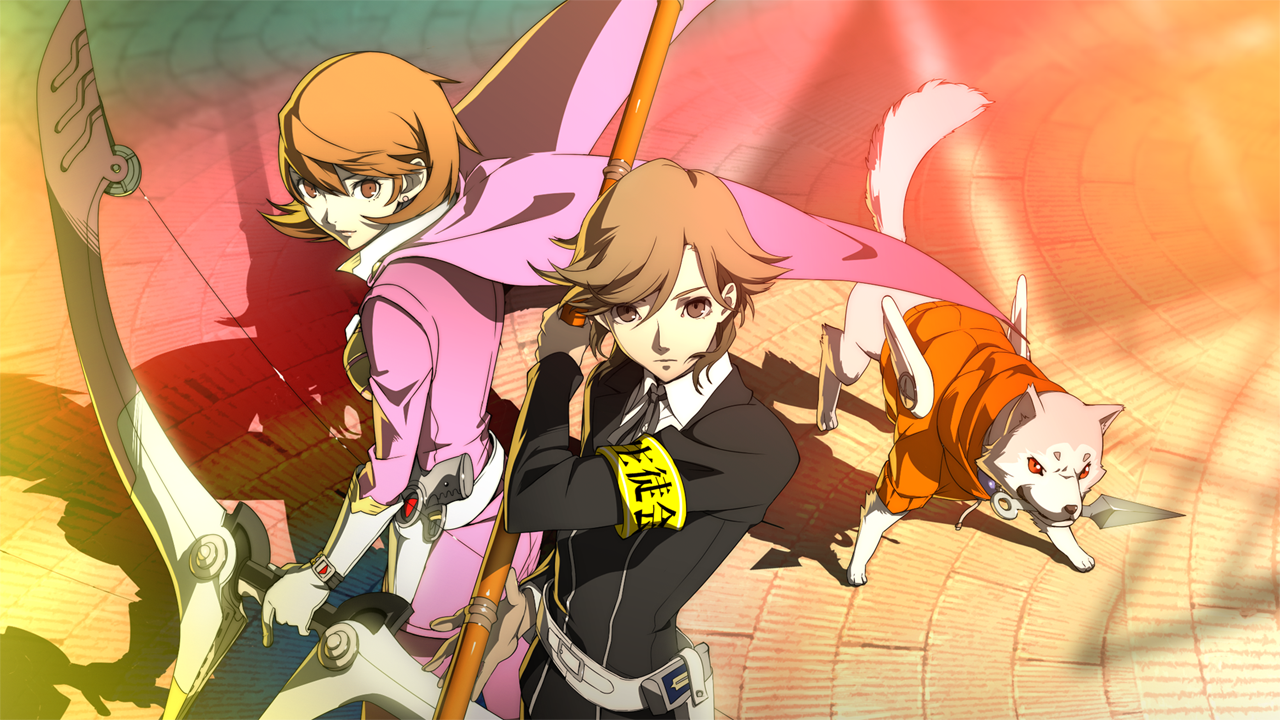
If you already stepped into the P-1 Climax ring, this Switch port does have a couple aspects to coax you back in. The original US version never received a significant update patch that hit Japanese arcades in 2015. That’s what we have with this release, finally granting console access to “P4AU2” as it came to be known. It also includes all the game’s DLC content by default. Most notably that’s three whole characters, but also multiple colors, voice packs, and an entire story route.
Specifically omitted from the Switch version (but available on the simultaneously releasing PS4 and Steam versions) is rollback netcode. Granted, the Switch hasn’t exactly been a haven for online warriors, but it is notable if playing head to head with others across the world is a priority. I’d argue Switch is easily the best console when it comes to the story half of the game thanks to handheld mode, but I’d just as readily say a Joy-Con’s buttons make certain inputs trickier than they need to be. Thanks to also including online lobby features and rollback, PlayStation would get my vote if you’re most interested in this as a competitive fighter.
Those few points and earlier complaints aside, Persona 4 Arena Ultimax is a fantastic get for Switch owners. It’s one of my favorites from Arc System Works’ library thanks to its roster and sprite work, and has Atlus’ dedication to these characters and their stories’ just as much a part of the full experience. This isn’t the best way to meet Yu Narukami, but I’d encourage anyone that already reached out to the truth not to miss out on P4AU during this comeback.
Leave a Comment
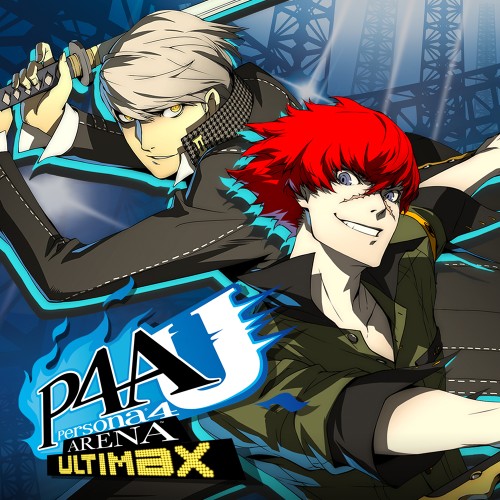
System: Nintendo Switch
Release Date: March 17, 2022
Categories: Fighting
Publisher: Sega
Developer: Arc System Works

